The CAPO project, located in the Charlevoix region of Quebec, proposes an architectural approach that privileges the body’s movements in space. The residence roots itself in the site’s specific quality: a rocky cliff, perilous and at the limits of habitability.
The project
The CAPO project is designed according to a pre-existing organic path of circulation on the perilous site, initiating a conceptual logic of pathways rather than an arrangement of rooms derived from programmatic components.
The stairways, according to their amplitude, make it possible to reach the different landings of the site and create a subtle distinction between the adjacent decompartmentalized spaces. By insisting on the route the project settles into the unstable nature of living with a body that is always in motion, thus steering away from spatial planning according to programmatic layout conventions.
The project is thus fragmented into living areas of varied shapes and orientations. The large panoramic view of the river as one of the points of interest of the site. In this way, the large panoramic terrace overlooking the St. Lawrence River is complemented by other outdoor spaces with direct access from the interior.
The logic of the project's circulation unfolds from the top of the site where the main access is located, characterized by a loggia opening onto the St. Lawrence River. This loggia allows one to cross the building to access the terraces facing the river, without necessarily entering the building. Further down the site, at the end of the staircase and exterior terraces, a final space opens onto a natural plateau, surrounded by the cliff and its large century-old pines. This space connects to the end of the pre-existing natural path along the site and constitutes the end of the appropriable domain of the cliff.
Now amplified by the interior and exterior routes running along and through the building on either side, the project - before being a stylistic expression - is, above all, an extension of a pre-existing oblique route on the site. The architectural intervention thus maintains this characteristic of the place as the only true mode of appropriation. The program "clings" to this structure of displacement.
Construction
The construction method of this project has a certain specificity. Constructed according to the self-build method by the owners, the building was built slowly, over a long period of time, leaving room for a great deal of design flexibility by consciously integrating the owners into the process. That allowed the owners to question their way of life and to relativize several stereotypes of living.
This robust construction method allowed the use of stone masonry to anchor the architectural expression to the rocky quality of the site. Assembled in a rustic manner, the format and type of assembly were chosen to meet the site’s installation constraints, a relatively malleable module in the precarious cliff context.
Conceived almost as a succession of small hills cascading down the cliff, the resulting volumetry of the circulation layout refers to the great landscape of the Charlevoix coast, where the organicity of the rural constructions of the last century is superimposed on the dizzying rusticity of the territory.
Technical sheet
Name: CAPO
Location: Baie-Saint-Paul, QC, Canada
Year: 2022
Area: 290 m2
Photo credit: James Brittain


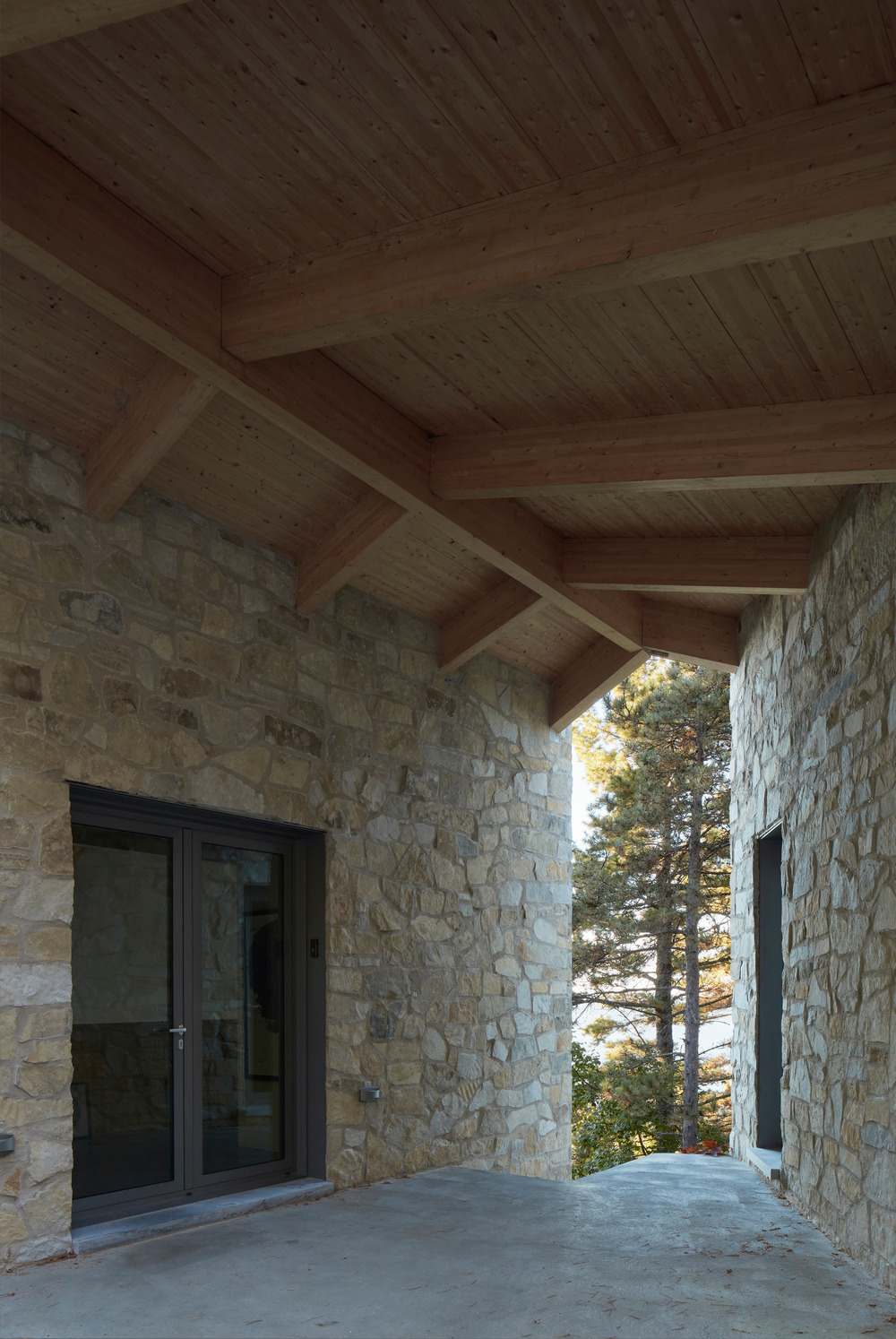



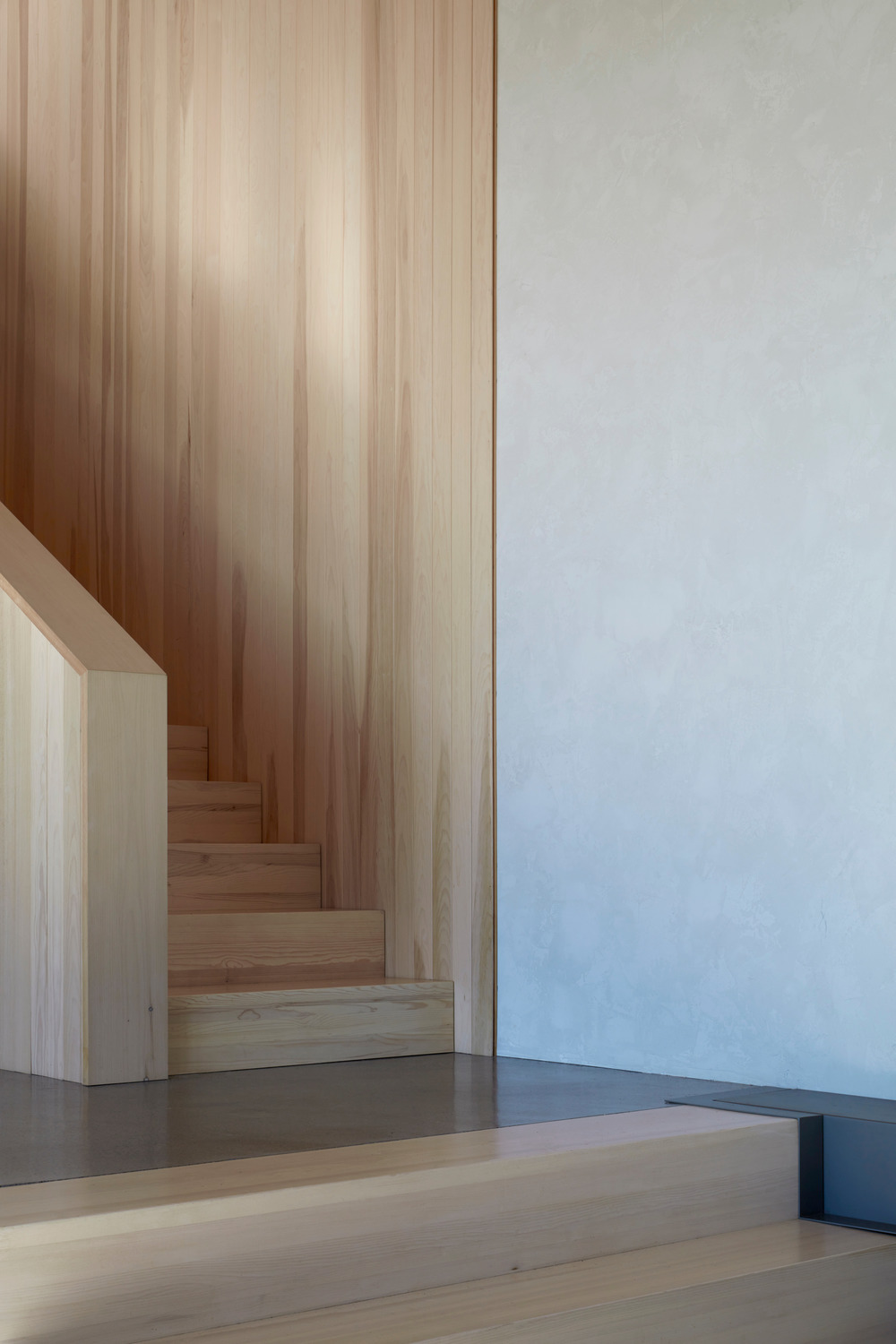
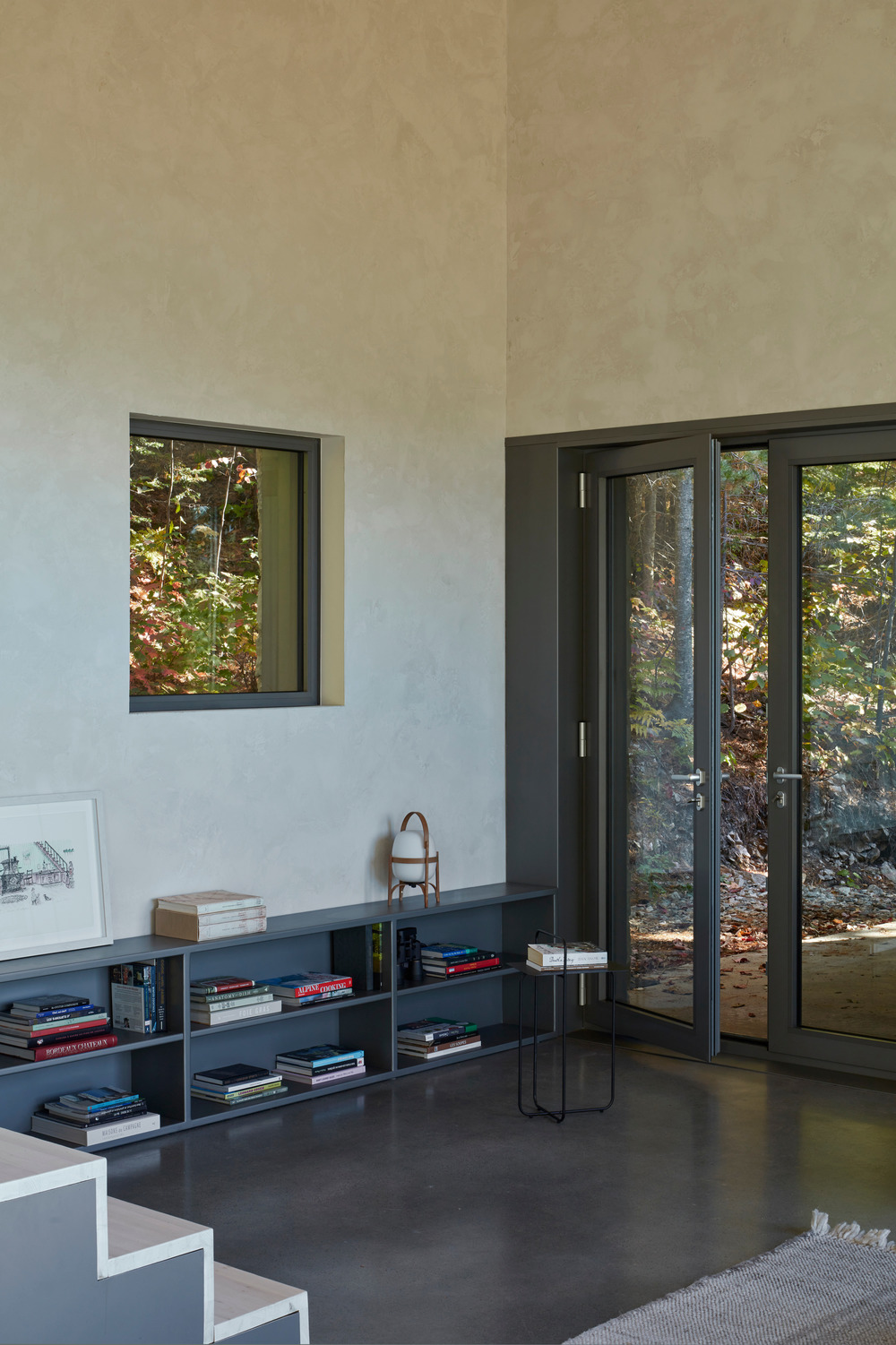


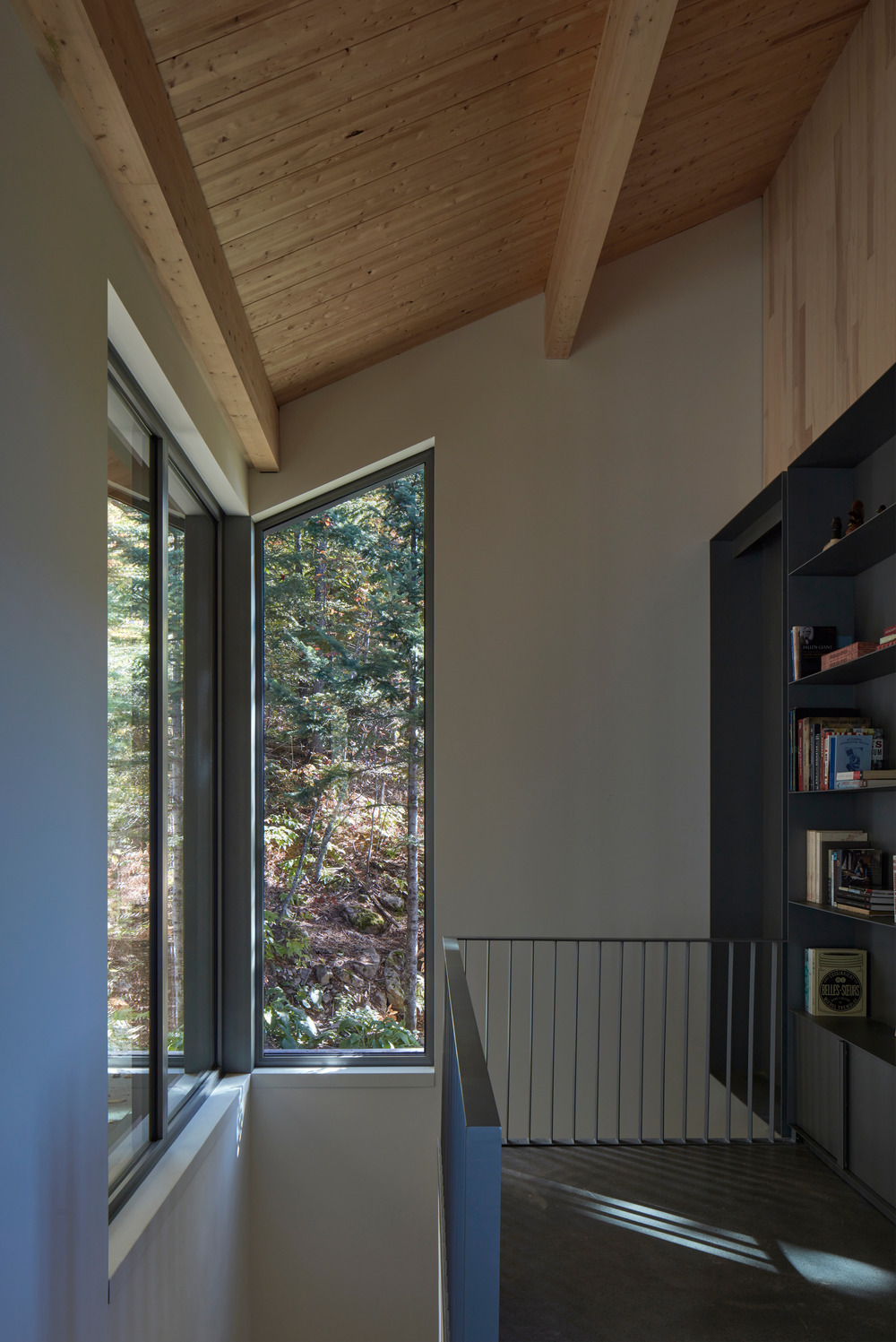
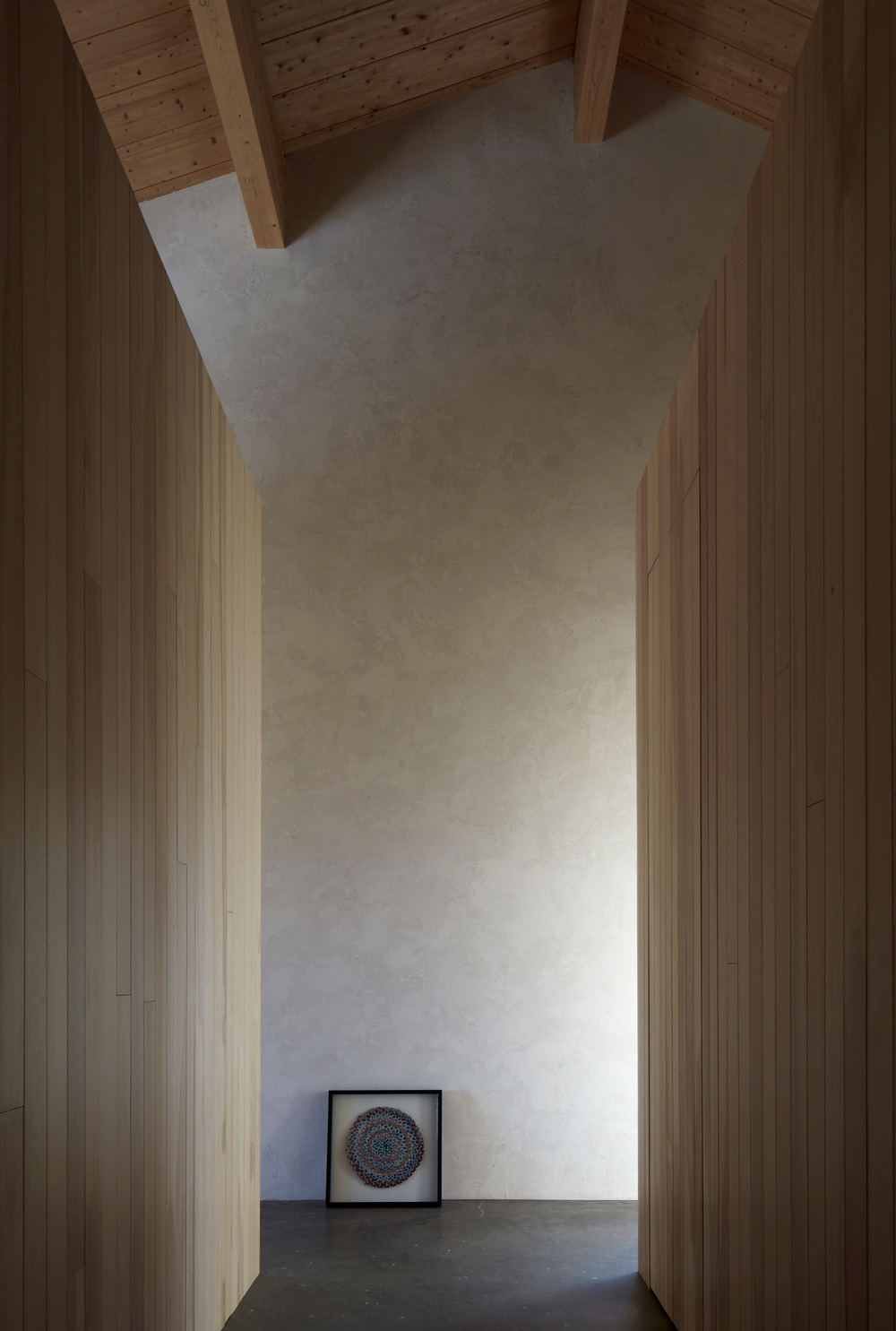

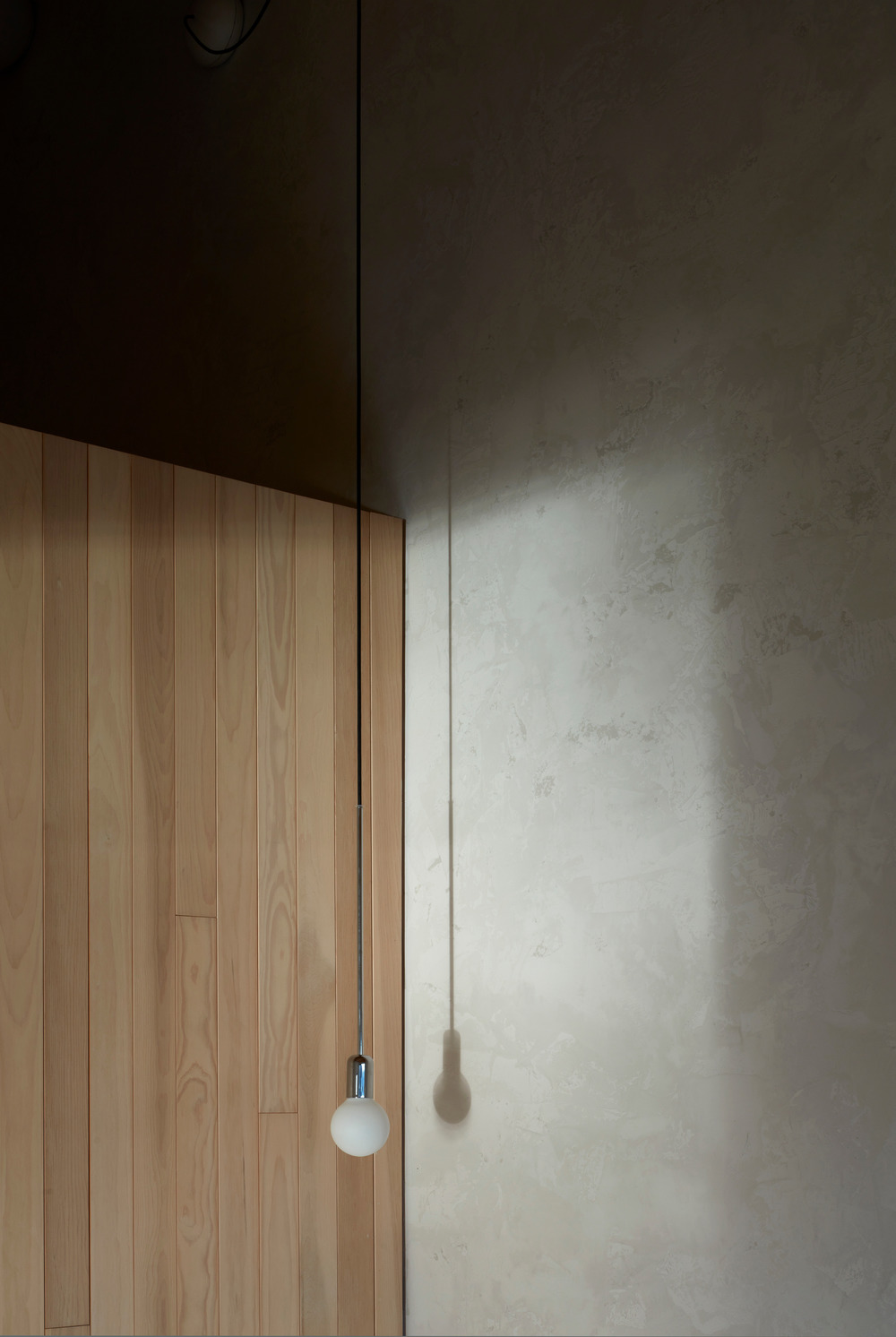

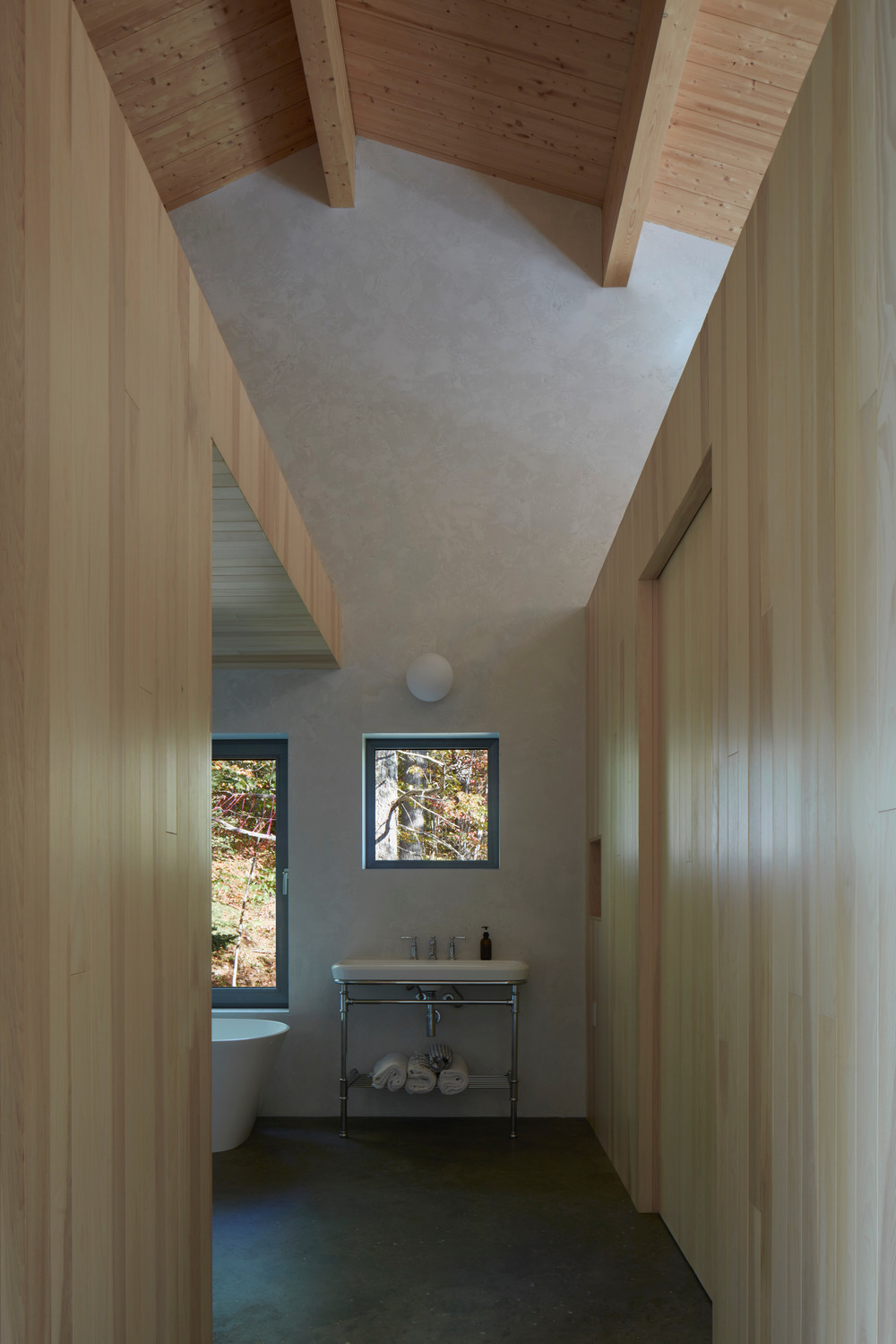
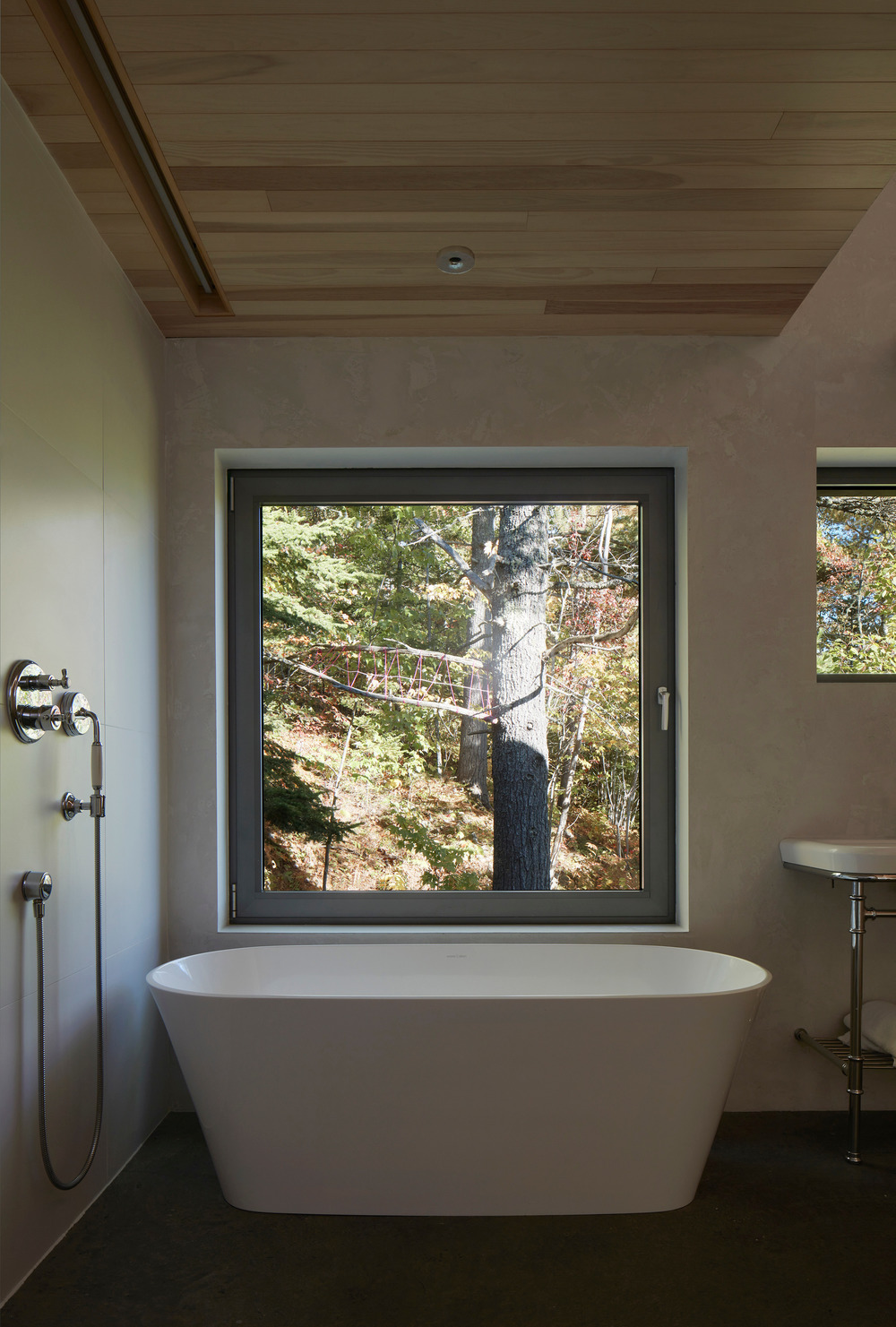


Komentarai (0)